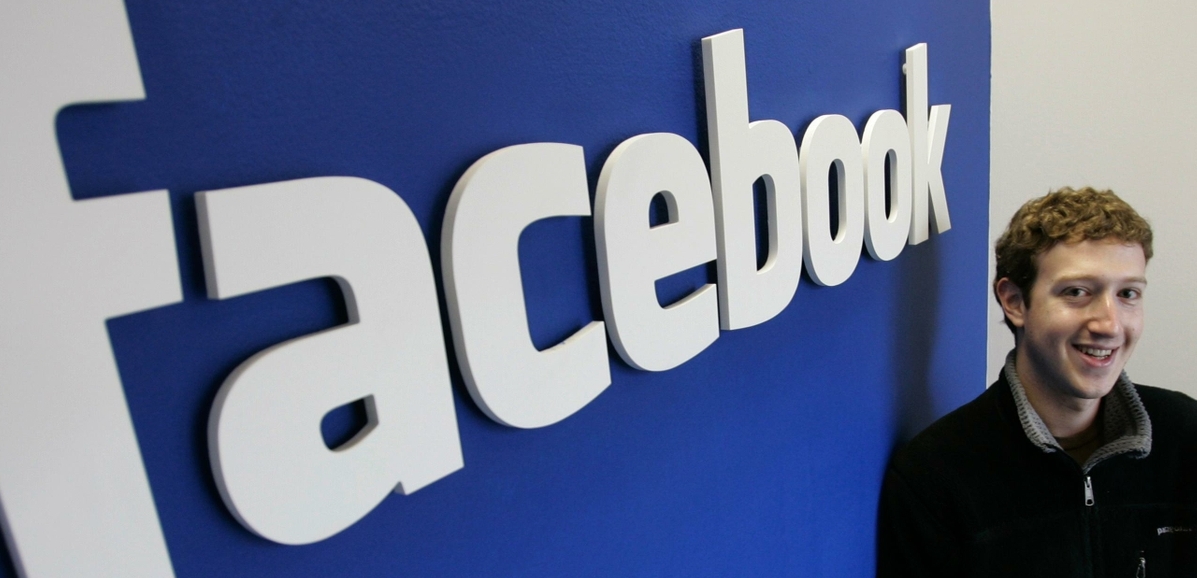
Founded in 1982, Electronic Arts (also known as EA) is a veteran of the video gaming industry based in California. Developer and publisher, they have worked on most existing media, from the Commodore 64 from its beginnings to the PlayStation 2, via the Super NES and of course the PC. However, it was with the Megadrive in the early 90s that its sales really exploded.
EA passion for sports
EA was founded by Trip Hawkins (estimated net worth $120 million). In his youth, he loved the board games published by Strat-O-Matic. He founded his first business by borrowing money from his father, an executive in the aerospace industry. After discovering IT, he dreams of developing video games. He obtained an MBA from Stanford University after getting an undergraduate degree from Harvard.
To understand the very foundation of Electronic Arts, and their appetite for sports licensing, one has to go back to the early days of Trip Hawkins.
A period in his life when, like many kids, Hawkins was passionate about sports and a huge fan of Strat-O-Matic board games. His sweet tooth? The Football version, which simulates the game of American football. Each player’s statistics are collected, analyzed, and then converted into numerical results that reflect each player’s production for a given year.
These numerical results are placed on a deck of cards, with each team having their own deck. The formula was brilliant for the time. Nevertheless it had one big flaw: its complex shape which can easily be put off. But that all changed when Hawkins began to take an interest in the first computers in the late 70’s, as he recounted in an interview:
“Yeah, things like D&D (Dungeons and Dragons) are famous for being geeky that way. It’s just not everyone’s cup of tea. I was just thinking about it, realizing, “Man, it’s a really special experience to be so mentally engaged.” But not everyone can navigate it. It’s just too much work to make this thing work. That’s when, as soon as I heard about computers, I could sort of see it with my own eyes, “That’s how we do it. We’re basically going to put all the administrative running stuff. in a box. And I’m going to put some pretty pictures on the screen like a television. “
This touches on the most basic definition of video game, although he was not its inventor. But Hawkins is enjoying a time when technology was booming, and despite his young age, his project was already taking shape in his head: “I immediately started sketching it out and I’m like, okay. How long will it take for the cost of hardware to go down, the number of stores to go up, and the number of machines and houses to be big enough for you to make money selling games? That’s when I realized that I could probably get there by 1982, seven years later, and that’s exactly what I did. ” But between 1975 and 1982, the young man traveled quite a bit.
A seven year plan
To put his seven-year project into action, Trip Hawkins must first achieve three things: make a name for himself, learn to run a business and, above all, make contacts.
He did this through Harvard and Stanford Universities, from which he graduated from both. This gave him access, not without effort, to his first job at Apple, after having negotiated his recruitment directly with the late Steve Jobs! This is how he cut his teeth, and rose through the ranks to become marketing director for the Apple brand. But, as expected, Apple was only a step for Hawkins who decided to step off ship in 1982, as outlined in his initial plan. At that point, he preferred to stand on his own feet. He uses all of his stock options to found his own company: Electronic Arts.
And guess what he used to make his first game? American football, his first love!
To achieve this, his first big move was to hire John Madden (then NFL coach) as a spokesperson and consultant for his future game, which culminated in the popular Madden NFL series. Hawkins thus realized his childhood dream, by even managing to recover the licenses of the American league.
With the success of the series, and the money starting to flow into Electronic Arts, Hawkins was even starting to replicate the process in other sports. Prior to his final departure from the company he founded in 1994, Electronic Arts launched a game of NHL (ice hockey), PGA Tour (golf game), FIFA Football and NBA Live.
So many licenses that span the ages – proof with the release of FIFA 21 on October 9 – in addition to increasing the punching power of EA, which can now release games of all types, with significant success. Without this little childhood dream, maybe sports fans would never have been able to indulge in it from the couch.
EA became one of the first companies in the gaming industry and was marked by popularizing the people who worked on games, especially designers and programmers. The initial down payment was generated entirely at the expense of Trip Hawkins’ personal savings and amounted to $ 200,000. At that time, the company was known as Amazin’ Software.
EA online gaming publisher
Originally, EA was the only game publisher. In the 1980s, the company began to develop media for console games. Soon, the publisher acquired several successful developers. In the early 2000s, EA grew into one of the biggest publishing houses and took 3rd place.
In 1988, the company released John Madden Football, a game which marks the starting point of what we can call the EA method and which will be applied to all its sports simulations (hockey, basketball or even football), through the intermediary of ‘EA Sports.
This consists in releasing the same product every year, sufficiently modified (and generally improved), to make it a full-fledged game. Besides sport, the titles developed by EA are more specific, we can cite for example the series Need For Speed, Road Rash, Wing Commander, or the series of Strike (Desert Strike, Jungle Strike, etc …).
But what makes Electronic Arts so powerful is its publishing activity. In addition to outright buyouts, like those of Bullfrog Productions or Westwood Studios, it has distribution contracts with a bunch of development studios, making an impressive list both in quality and quantity. We can cite, for example, Accolade, DreamWorks Interactive, Novalogic, Cryo Interactive, Disney, Infogrames, Interplay Productions or even Square Soft, with which they have set up a joint venture, Square Electronic Arts.
Currently, the best EA products are sports games distributed under the EA Sports logo, games based on the licenses of popular films such as Harry Potter and games in the long-running series like Need for Speed, FIFA, Medal of Honor, The Sims, Battlefield and games like Burnout and the Command & Conquer series. EA is also the distributor of the Rock Band series.
With $ 5.15 billion in revenue for fiscal year 2018 and more than 9,300 employees worldwide, Electronic Arts is definitely one of the giants of the video game industry, and probably for some time to come. They are currently the number 9 video gaming company in the world, behind giants like Microsoft, Sony and Apple which dominate the market.






 What sort of mattresses are your employees sleeping on? If you don’t know how to answer this question, you may want to give it some thought. Your employees work for you, which is why you’ll want to take steps to improve their health and well-being. Here are a few of the reasons you’ll want your employees to have high-quality, supportive mattresses.
What sort of mattresses are your employees sleeping on? If you don’t know how to answer this question, you may want to give it some thought. Your employees work for you, which is why you’ll want to take steps to improve their health and well-being. Here are a few of the reasons you’ll want your employees to have high-quality, supportive mattresses.
 On the west shore of beautiful Lake Michigan, the
On the west shore of beautiful Lake Michigan, the  It’s not fun seeing your inferior competitors outranking your business on search engines.
It’s not fun seeing your inferior competitors outranking your business on search engines.
 Running a business is more than a full-time job it is an all-consuming passion that takes a lot of time and energy. Ask any business owner and they will tell you that their workday doesn’t end when they leave the office. There are countless tasks that need to be taken care of to keep the business running smoothly, many of which are dealt with outside of normal business hours.
Running a business is more than a full-time job it is an all-consuming passion that takes a lot of time and energy. Ask any business owner and they will tell you that their workday doesn’t end when they leave the office. There are countless tasks that need to be taken care of to keep the business running smoothly, many of which are dealt with outside of normal business hours. We all know that e-commerce giants have made it possible for lots of people to quit their day jobs to work as small-time entrepreneurs. For a long time, these entrepreneurs depended on the enormous reach of eBay and Amazon. There was no other way for businesses run from a living room to reach such a large audience on their own.
We all know that e-commerce giants have made it possible for lots of people to quit their day jobs to work as small-time entrepreneurs. For a long time, these entrepreneurs depended on the enormous reach of eBay and Amazon. There was no other way for businesses run from a living room to reach such a large audience on their own.